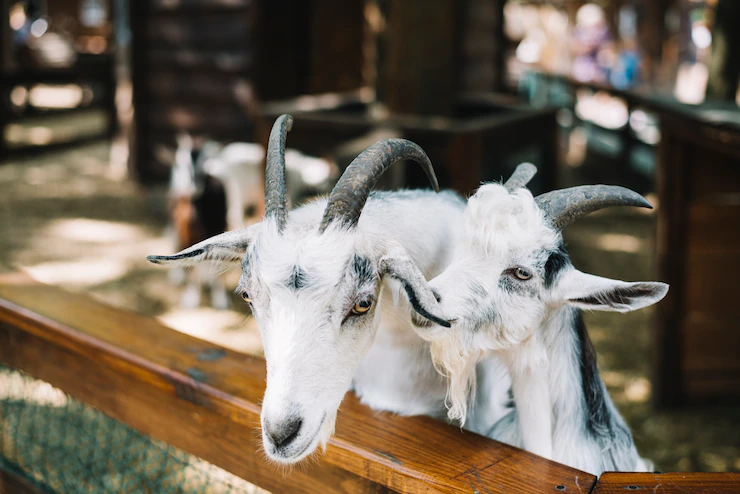South Africa plays a significant role in the global mohair industry. Mohair is a luxurious natural fiber derived from the Angora goats, and South Africa is one of the world’s largest producers of mohair.
- Mohair Production in South Africa: South Africa has a long history of mohair production, with the industry dating back to the mid-19th century. The country’s unique climate and terrain provide an ideal environment for Angora goats to thrive. The majority of South Africa’s mohair production takes place in the Eastern Cape province, where the goats graze on the region’s diverse vegetation.
- Quantity and Quality: South Africa is renowned for its high-quality mohair. The country produces around 50% of the world’s mohair, making it the largest global producer. The local Angora goats are bred for their fine, lustrous fleece, which has exceptional sheen, strength, and thermal properties. These qualities make South African mohair highly sought after in the fashion and textile industries.
- Economic Importance: The mohair industry contributes significantly to South Africa’s economy. It provides employment opportunities, particularly in rural areas where poverty and unemployment rates are typically higher. The industry supports numerous farmers, shearers, processors, and other related professionals. Mohair exports also generate foreign exchange earnings for the country.
- Sustainable Farming Practices: South Africa’s mohair industry has made efforts to promote sustainable farming practices. The Angora goats are well-suited to the region’s semi-arid areas, where they graze on natural vegetation without needing extensive irrigation or additional feed. The goats’ browsing habits also contribute to the control of invasive plant species, helping to maintain the local ecosystem.
- Traceability and Animal Welfare: In recent years, there has been a growing focus on animal welfare and traceability in the mohair industry. South African producers have been working to ensure that goats are treated ethically and humanely. Initiatives such as the Responsible Mohair Standard (RMS) have been implemented to provide guidelines for sustainable and ethical mohair production.
- Market Demand and Global Reach: South African mohair is exported worldwide, with major markets including the United States, Europe, and Asia. The fiber is used in a wide range of products, including luxury apparel, accessories, upholstery, and even automotive interiors. The global demand for mohair continues to grow, driven by its unique qualities and increasing consumer preference for natural, sustainable fibers.
South Africa’s role in the global mohair industry is significant. The country’s favorable climate, high-quality mohair production, commitment to sustainability, and emphasis on animal welfare have positioned it as a leading player in the international market. The industry contributes to the country’s economy while providing livelihoods for many individuals involved in the mohair value chain.
Join 'Farmers Mag' WhatsApp Channel
Get the latest Farming news and tips delivered straight to your WhatsApp
CLICK HERE TO JOIN






